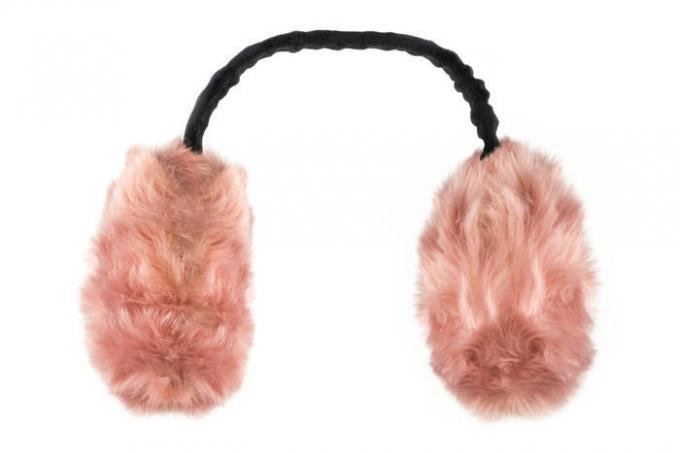The kids all the time something comes up. And often parents only shrug: "Leave me alone!" And in vain! It turns out that among the inventors had many children. Their ideas we still use today
The kids are so cute creatures, and unless the fidgets grow more and clever - just great!
Silk
It was invented in China in the XXVII century BC. uh, thousands of years before the appearance in Europe. Legend says 14-year-old Empress Lei Tsu had tea in the garden and silkworm cocoon fell into her cup. She grabbed the cocoon to get, but he began to unwind. Leigh was surprised and looked at a thread.
Soft and beautiful yarn like the Empress. She persuaded her husband to give her a grove of mulberry trees where she could breed insects that make these cocoons. So Lei Zu has pioneered silk thread, the first silkworm, and the inventor of the loom for silk.

Top 7 most colorful children's inventions that changed the world / istockphoto.com
Calculator
He invented his notorious Blaise Pascal, whose name is now remembered more for PASCAL programming language.
18-year-old inventor decided to help his father, a tax collector, and simplify its operation. The young man has designed an unusual machine equipped with interlocking gears that could handle large numbers. However, this new product under the modest name Pascaloine anyone not interested, and the first ever calculator was forced even the 3rd century (!) Lie on the shelf.
Fruit ice
Ice cream on a stick - fruit ice - there was an accident. 11-year-old Frank Epperson of San Francisco forgotten in the back yard of his home with a glass of soda water and a wooden spoon inside.
In the morning, Frank found a brand new treat, not like any of those products, which he tried before. Frozen soda on a stick was very tasty, and a year later he sold his fruit ice in parks and at the entrance to the city theaters.

Top 7 most colorful children's inventions that changed the world / istockphoto.com
Test for the diagnosis of pancreatic cancer
15-year-old American jack andraka, born in 1997, became interested in cancer diagnostic methods after the death of one of the close friends of the family. After reviewing the scientific publications on this subject, he set himself the goal of creating an accurate and inexpensive device that could detect pancreatic cancer at an early stage. He worked in the laboratory 7 months, coming back after school and on weekends.
And Andraca happened! His test proved to be 168 times faster than any existing developments to date, while he was 26 thousand (!) Times cheaper counterparts and puts the exact diagnosis in almost 100% of cases. For this invention, Intel awarded Jack grant of 75 thousand dollars.
Braille
Braille tactile font used today around the world, designed for writing and reading by blind people. It was developed in 1824 was the 15-year-old Frenchman Louis Braille.
At the age of 3 years he accidentally hurt his eye in the studio of his father and lost his sight. But Louis was curious and loved to read, because at age 12 he began to conduct experiments to create their own alphabet. After 3 years, Braille has been approved. The first book printed with it, was the "History of France".
Snowmobile
First, the device for movement on snow there as some ephemeral idea. She realized, when 15-year-old Canadian, Joseph-Armand Bombardier received a gift on the day of the birth of an old Ford. It took less than a week Arman to build a prototype of his snowmobile.
At the first start Armand manually controlled fuel supply, and his brother Leopold snowmobile managed by two ropes, which are fastened to the runners. Snowmobile has been put into production in 1957 and was called "Ski-Doo". Now this brand is one of the most popular around the world.

Top 7 most colorful children's inventions that changed the world / istockphoto.com
fur headphones
15-year-old American, Chester Greenwood invented in 1873 headphones from the cold. He hated hats and grandmother persuaded to build something that warms your ears, but it is neither a cap or scarf.
So two pieces of fur were attached to the ends of the wire. March 13, 1877 Chester was able to patent his invention. The next 60 years of his life he devoted to the development and production of means of ear protection against noise and cold. Incidentally, in the state of Maine from 1977 to celebrate the holiday in his honor - Chester Greenwood Day (21 December).
Also you will be interested to read this: how to lay a solid foundation for a child's mind




